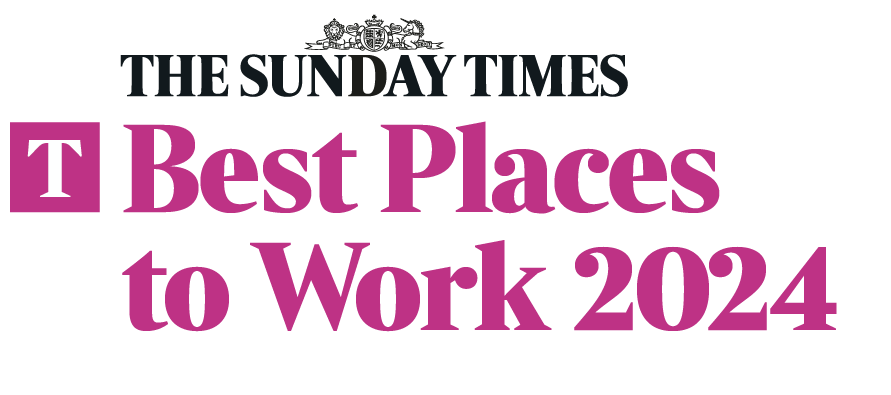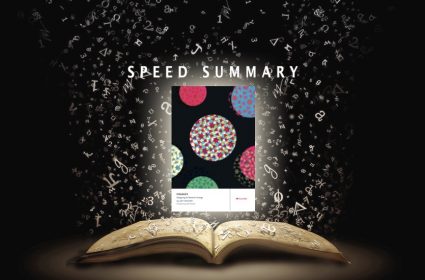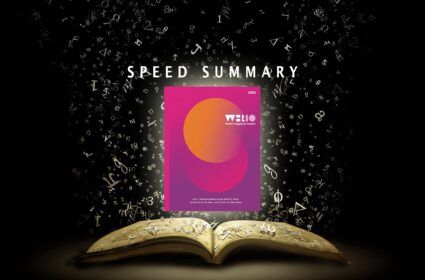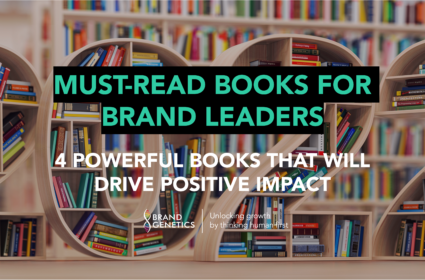Speed Summary: Applied Empathy
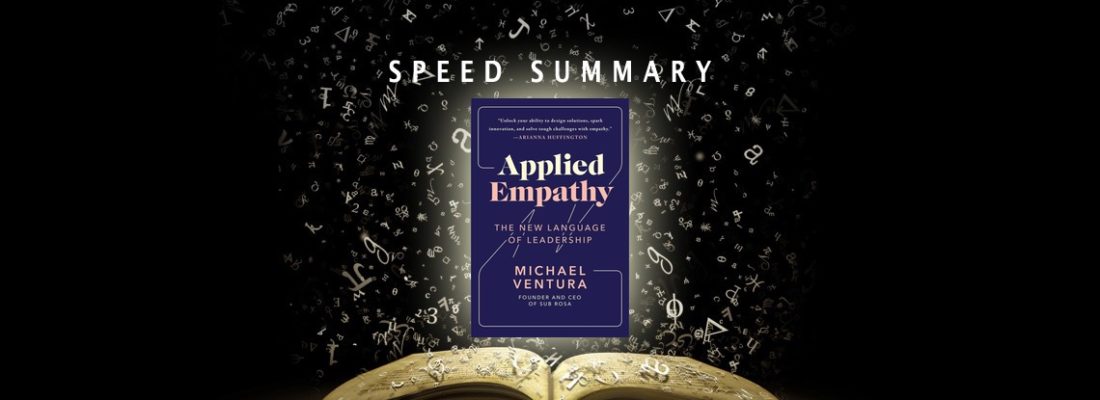
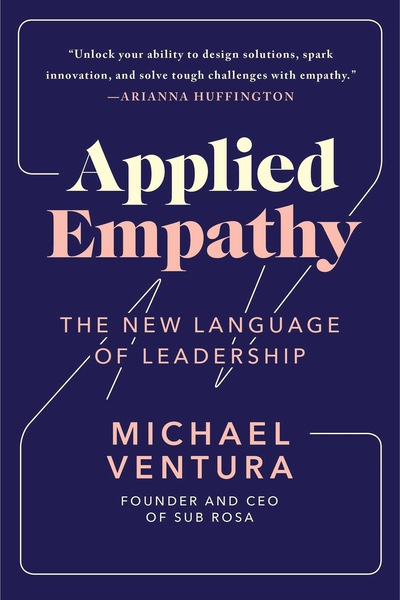
- Applied Empathy: The New Language of Leadership
- Author: Micheal Ventura
- Publisher: Simon & Schuster
- Publication: 2019
How can brands elevate empathy from a buzzword into a reliable, repeatable, and responsive tool for creating or capturing value?
In Applied Empathy, Michael Ventura, founder and CEO of NY agency Sub Rosa, shares one solution for how businesses can apply empathy to find new and better ways of thinking, being, and doing.
Applied Empathy starts, as you might expect, with the skill of perspective taking – the ability to view a problem from perspectives other than your own, including those of your client, their customers and competitors. By shoe-shifting into the shoes of others, new possibilities and opportunities emerge. Shoe-shifting also dissolves tunnel thinking. Back in the
But how do you shoe-shift? The obvious solution is to experience for yourself what it feels like to be a customer. Ventura shares how GE learned this way that the room temperature for mammography machines in exam rooms (cold) was not the ideal temperature for patients (warmer). Basic stuff, but easy to miss unless you experience it first hand, or learn from someone who has.
There are many ways to take the perspective of the other, but one of Ventura’s solutions involves slipping into the persona of one of seven ‘Empathic Archetypes’. A little like de Bono’s six thinking hats, these Empathic Archetypes correspond to different core empathic skills.
The idea is that by slipping into the personas of one or more of the Empathic Archetypes you can get out of the subjectivity of your own head, role, or organisational hierarchy, and get into the subjectivity of the other. Basically, the Archetypes are a device to help you teleport into the shoes of the other, and see the world from their perspective.
Applied Empathy presents each Empathic Archetype with seven questions or prompts that can be used to channel and warm up your empathic muscles, or in interviews to get people to open up and to help you see the world from their perspective (these are also available as a deck of Q&E (Questions and Empathy) prompt cards
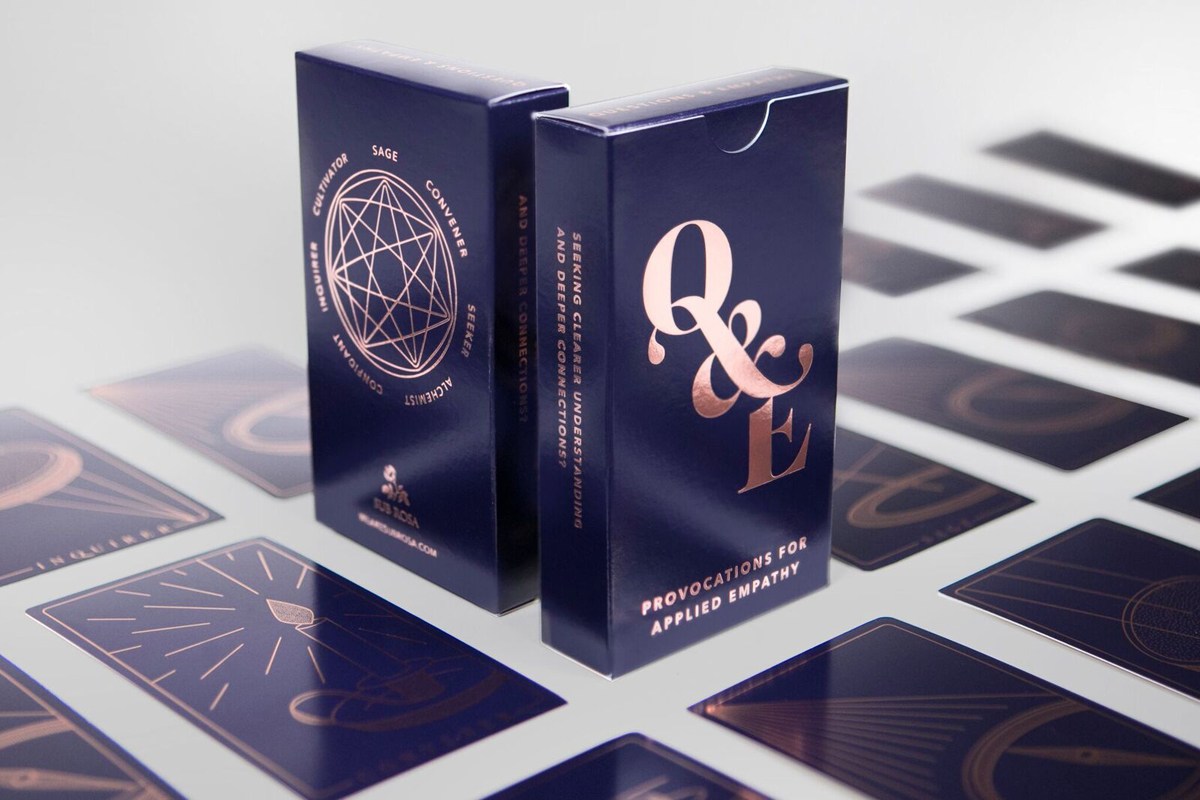
Empathic Archetype 1: The Sage
‘Be present’ (Inhabit the here and now)
- What is your purpose?
- Where do you feel most present?
- How has your past shaped who you are?
- What is a lesson you have imparted to others?
- When negative emotions arise, how do you deal with them?
- How do you stay grounded when the world gets overwhelming?
- How do you nurture yourself and your practice?
Empathic Archetype 2: The Inquirer
‘Question’ (Interrogate assumed truths)
- What do you most want to know?
- What personal biases interfere most with your finding truth?
- When have your instincts led you astray?
- Whom do you go to with tough questions?
- What do you continually ask yourself?
- What types of inquiries make you most uncomfortable?
- How does your body communicate?
Empathic Archetype 3: The Convener
‘Host’ (Anticipate the needs of others)
- Where is your favorite place to be a guest?
- How do you balance being self-serving and selfless?
- What makes an experience meaningful?
- Whom do you collaborate with best?
- What are a host’s greatest skills?
- What about you most comforts others?
- When do you bring people together?
Empathic Archetype 4: The Alchemist
‘Experiment’ (Test and learn at all costs)
- What motivates you to progress?
- What does approaching a breakthrough feel like?
- When does your curiosity create difficulty?
- Who has challenged you to be better than you once were?
- How does iteration inform the outcome of your work?
- What are the biggest sacrifices you’ve made?
- Where do you go to experiment?
Empathic Archetype 5: The Confidant
‘Listen’ (Develop the ability to observe and absorb)
- When is listening more valuable than
counseling ? - What role can silence play in a conversation
- How do you build trust?
- When have you breached a confidence?
- What should people better understand about you?
- How do you protect yourself?
- When are you the most observant?
Empathic Archetype 6: The Seeker
‘Dare’ (Be confident and fearless)
- What mistake would you make again?
- How do you explore your inner self?
- When is failure productive?
- Who inspires a sense of adventure within you?
- How does courage manifest in your work?
- When does bravery become foolhardy?
- Where do you go to push your limits?
Empathic Archetype 7: The Cultivator
‘Commit’ (Nurture with purpose and intentionally grow)
- What are your most audacious aspirations?
- How do you build endurance?
- What do you purposefully leave undone?
- Who are your long-term partners?
- What commitment have you made to yourself more than once?
- When has mentorship played a role in your life?
- Where do you feel most nurtured?
Applied Empathy and Brand Purpose
Beyond honing empathic skills, Ventura proposes that Applied Empathy in business should also be about creating a brand purpose that lies at the intersection of perspectives between what people need, what they will pay for, what you are good at (as a company) and what you love doing. The empathic sweet-spot that lies at the intersection is your purpose and is here you will find your purpose-led and performance-driven mandate. For Nike, it is “To bring inspiration and innovation to every athlete in the world.”
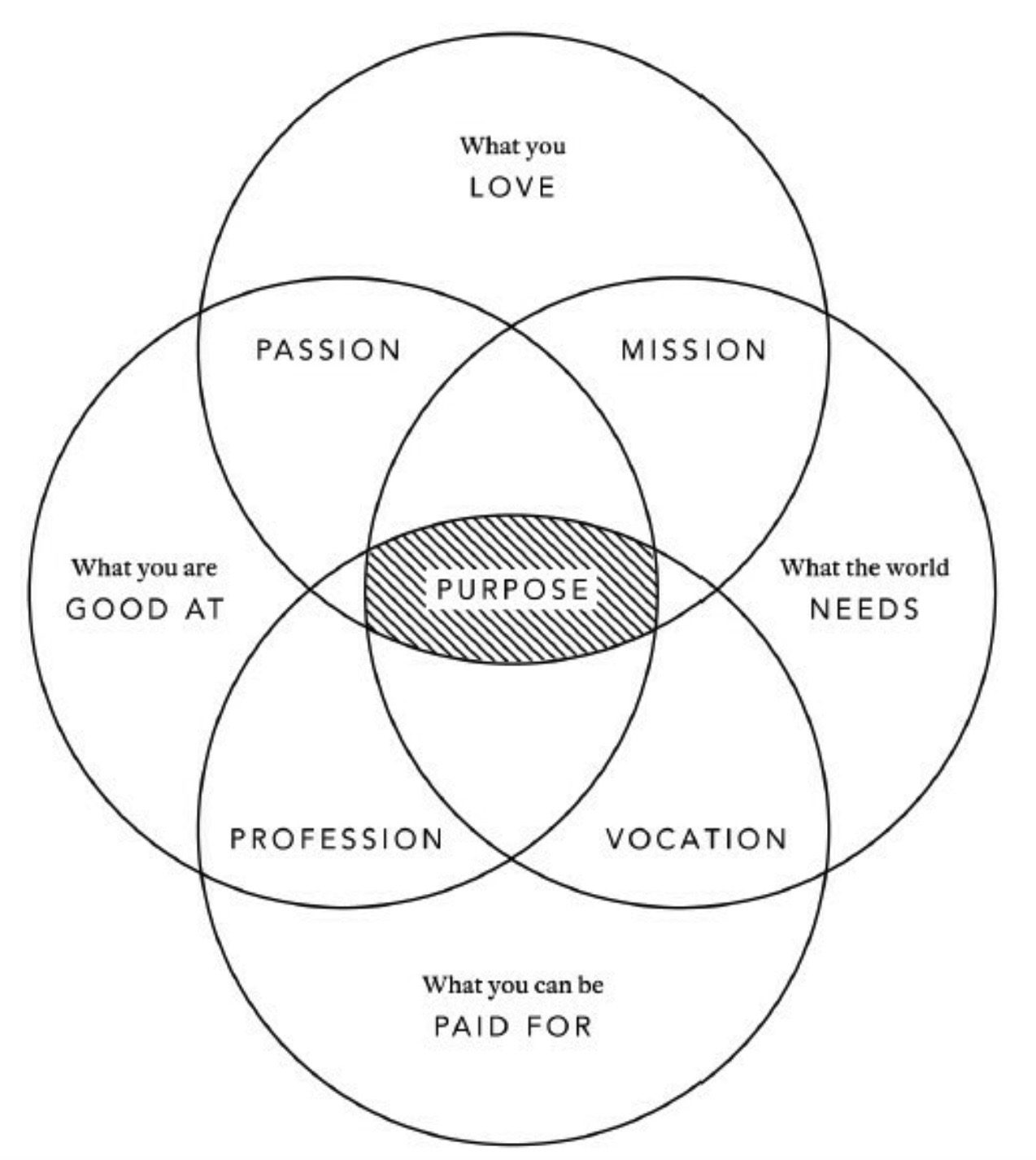
The BG Take
The great thing about Applied Empathy is that it delivers on its title – this is a practical book on how to apply empathy in business. It is not a book on empathy or the science of empathy. And it’s not even a book on the power of empathy; there’s little in the way of hard evidence validating the business value of empathy. Instead, the book offers one road-tested approach for how one (rather successful) agency has applied empathy to solve business problems for clients. For us a BG, it is an inspiring read and creative stimulus for developing our own solutions for doing human-first, empathy-led innovation.

